
Nothing white is allowed in Jorge Dalinger’s house: no furniture, no surfaces, no toilet paper or kitchen rolls either. “I am very picky. Some people call it OCD, but I think it’s just the way I am,” he says.
That brand of pickiness has in large part shaped the career of the renaissance man. From the mixtapes he made and handed out to club owners in Los Angeles in the early 1980s, to the one-off clothes he designed for Hollywood movers and shakers to his most lasting work: the Spanish style homes Dalinger has built around the Hollywood Hills and beyond.
Having a specific creative vision pays, in other words, especially if that vision is based in a love of craft and architectural history spanning centuries.
“I think, what happens in life is that there are two ways of thinking,” he told me. “There’s the traditional way: people that go to school, whether it’s architecture, design school or fashion school. I didn’t go to school a day in my life. I can’t sit in class, I have no patience. And I’m not the best listener … So what I did I went out and experienced it and did it, and learned from the actual doing.”
Jorge has spent a lifetime indulging his passions. Along the way he’s had to learn when to let go, and to get better at the things he wasn’t good at. But what guided him throughout was the conviction that there was a place for someone of his talent and curiosity. And so I wanted to spend some time talking to him about that conviction – and the lessons he’s learned.
On his Russian made Ural with sidecar.

When Jorge was younger, there was an alternate fate he believed awaited him—as a matador in a bull ring. The son of a clothing designer and an American accountant, Jorge grew up in Madrid and began going to bullfighting school at a young age. The choreographed dance between man and beast, the elaborate clothing, the thrill of the passes – there was something about the control that he liked.
Those dreams ended and others began when his father decided to move the family to Los Angeles, where Jorge’s older sister would be going to college. He was already particular at this point: he had strong opinions about the design of his room in the new house, the types of clothes he was going to wear. He’s been cutting his own hair since he was 12.
“I was a very passionate artistic person who wanted to control the atmosphere around me,” he says.
At 16, he created a studio in his house where he produced mixtapes of lounge-y club music that he’d sell to people who owned clubs and restaurants. When he moved to New York in the early 1980s, it was because he knew the city would expose him to even more influences. He befriended legendary gallery owner and curator Tony Shafrazi, the hub of the wheel that counted Keith Haring, Jean-Michel Basquiat and Kenny Scharf as spokes.
He learned about graffiti from Basquiat and gave Haring a list of places to check out in Spain. It was in New York he got into modeling and commercials, something he continued after moving back to Los Angeles a few years later.
“I was putting money aside and that’s when I decided to invest in real estate,” he says.
He bought a small cabin in Laurel Canyon, where musicians like Frank Zappa and Joni Mitchell created one of the world’s centers of counter-culture in the 1960s and 70s. His renovation and decorating attracted the eye of his friends, who soon asked if he might replicate his style in their homes.
“They’d tell me, ‘I’ve a half-a-million-dollar budget’, or ‘I have a million-dollar budget’. These were the budgets that were thrown at me at the beginning and I thought, ‘Oh shit, I’ve got to perform,’” he told me. “But when you have the passion inside you end up having the ability. And you learn, obviously. As far as design, it’s all inside. As far as the structural, or engineering, you hire the people and that’s what they do.”
Spain, and in particular the Moorish influenced architecture of the Alhambra Palace in Granada, remain his biggest influences to this day. Jorge is obsessed with craftsmanship, buying the tiled roofs of abandoned ancient buildings in Spain and giving them new life in Southern California. Thanks to a cadre of skilled workers, Jorge is able to recreate the intricate carvings of centuries-old Spanish ceilings as well as produce intricate gates and patterns of wrought iron.
“I think the things I’m inspired by—whether it’s clothing, whether it’s music, whether it’s furniture—It’s very classic,” he says. “I don’t do anything extreme. I create things that you’ll enjoy and they’ll look fantastic forever.”
He’s been working with the same team of contractors for more than two decades—and hundreds of projects—and is careful to take on too much work, so that he’s able to maintain his aesthetic.
As for his own longevity, Jorge says he weighs the exact same he did upon graduating high school. He credits a diet of fish and vegetables, no alcohol and no meat, as well as a daily swim. He also plays baseball and tennis a couple of times a week (our initial phone call was delayed by a week or so while Jorge made a remarkably smooth recovery after being smacked in the nose with a racket by his doubles partner).
“I think I’m much more relaxed now than I used to be,” he says. “At the end of the day, it’s how much money you can make, it’s your health. And I think if you do it in a healthier way, it helps your longevity. A lot of people burn themselves out because they don’t do it in the right way.”
Below are examples of Jorge Dalinger’s work.
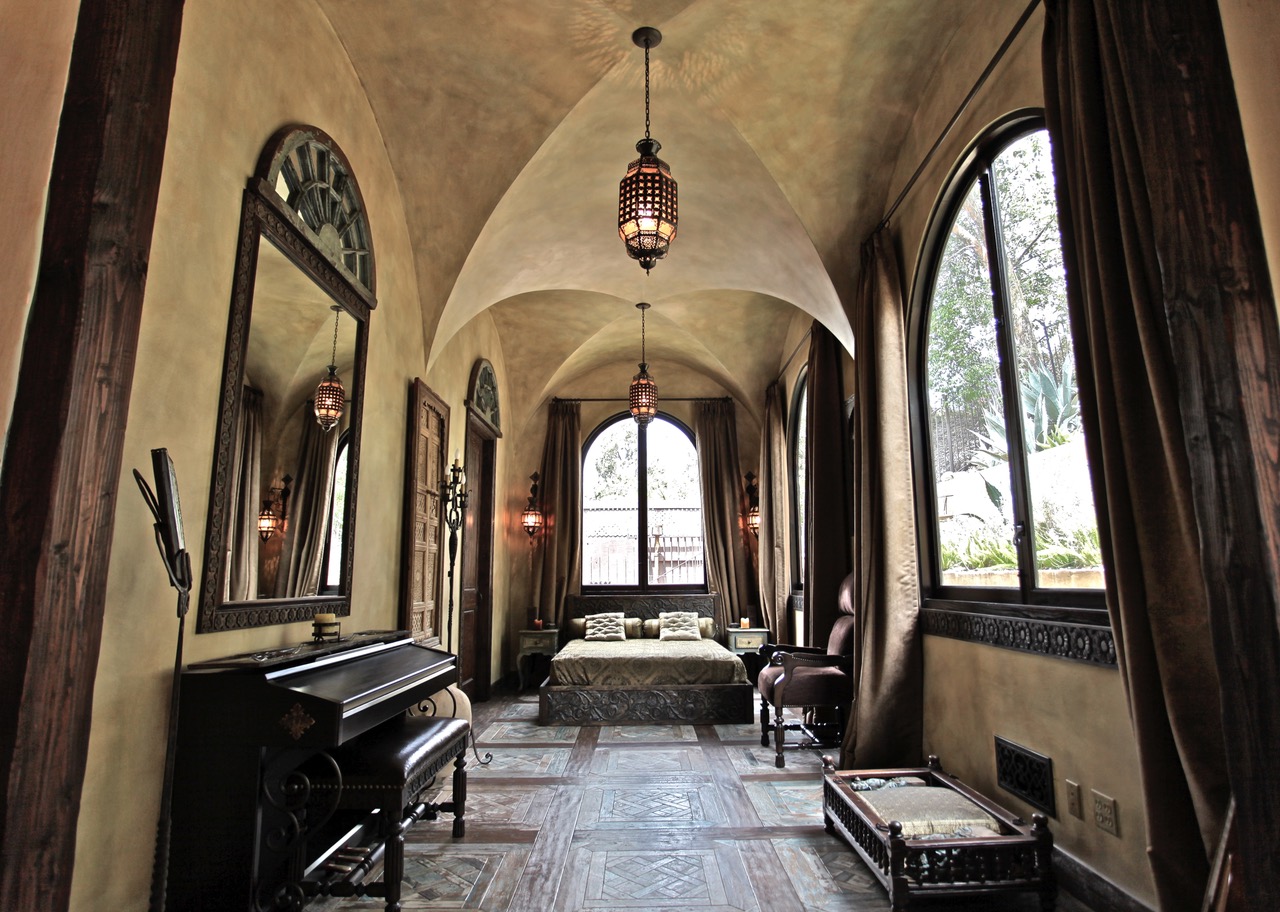
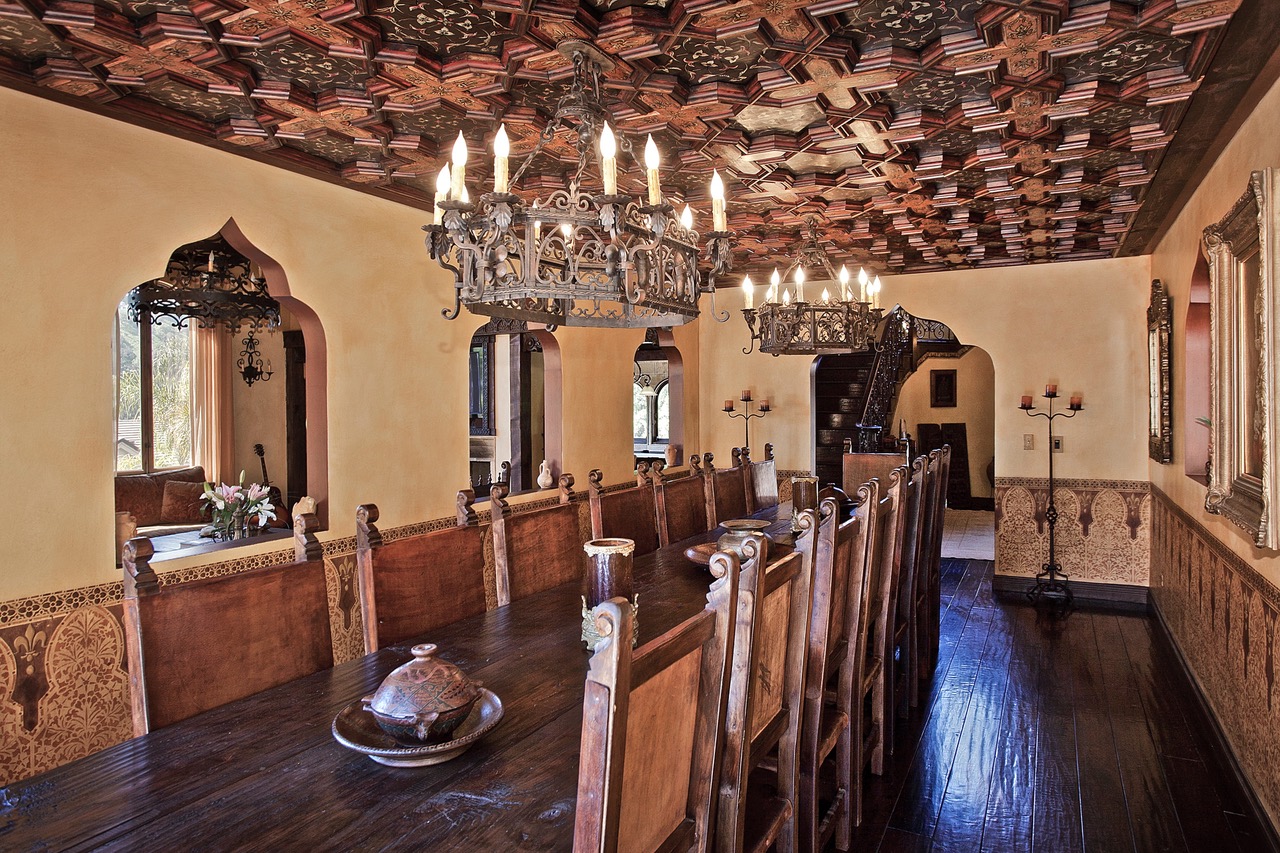
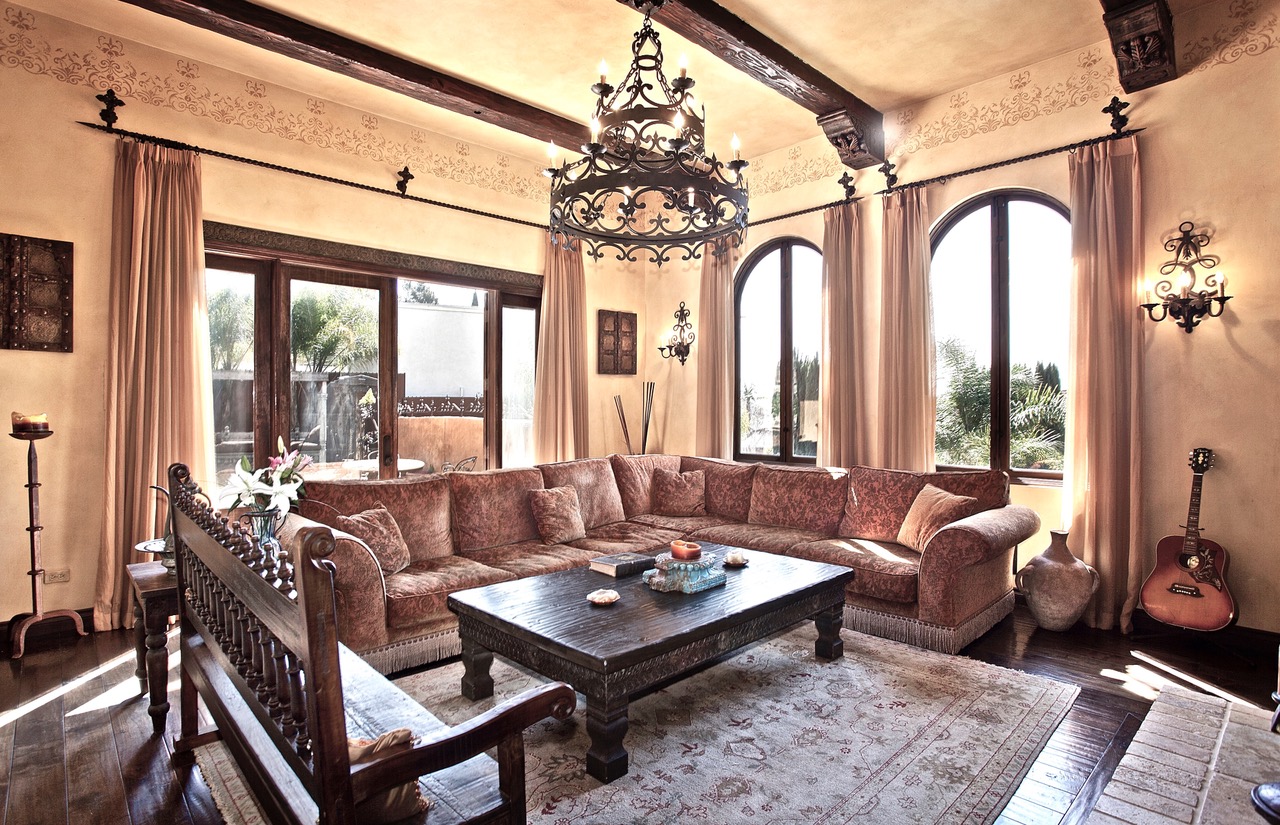
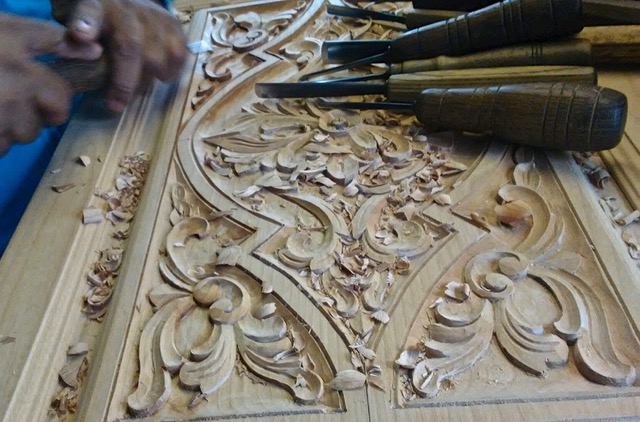
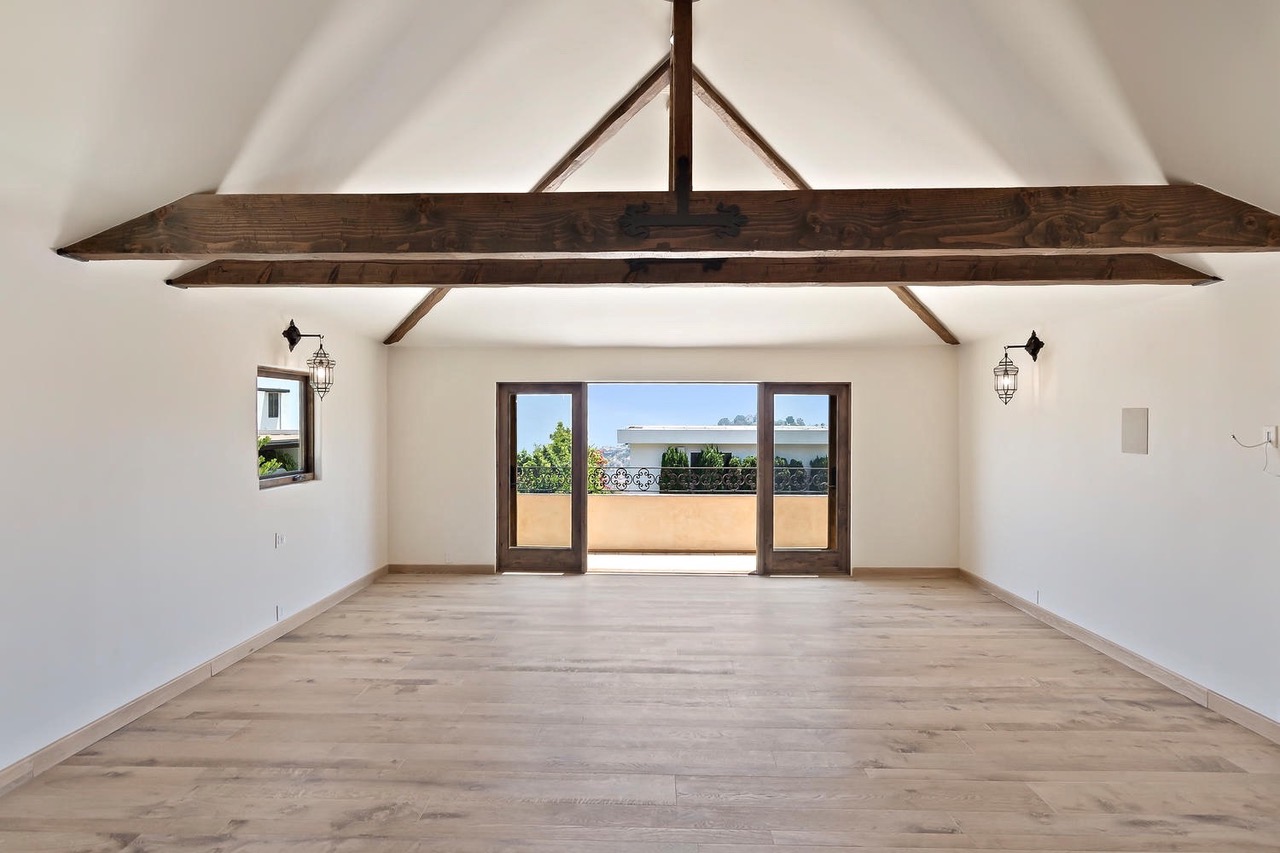
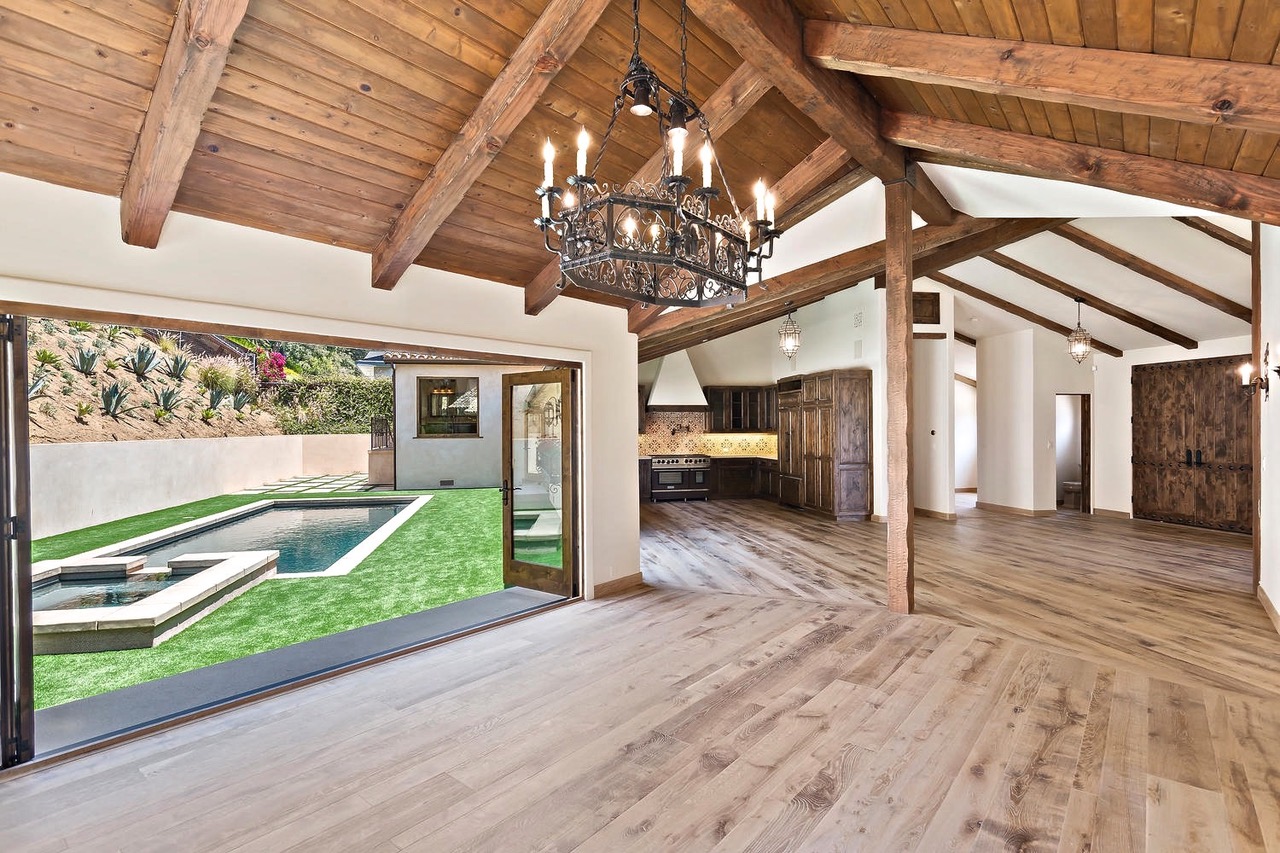
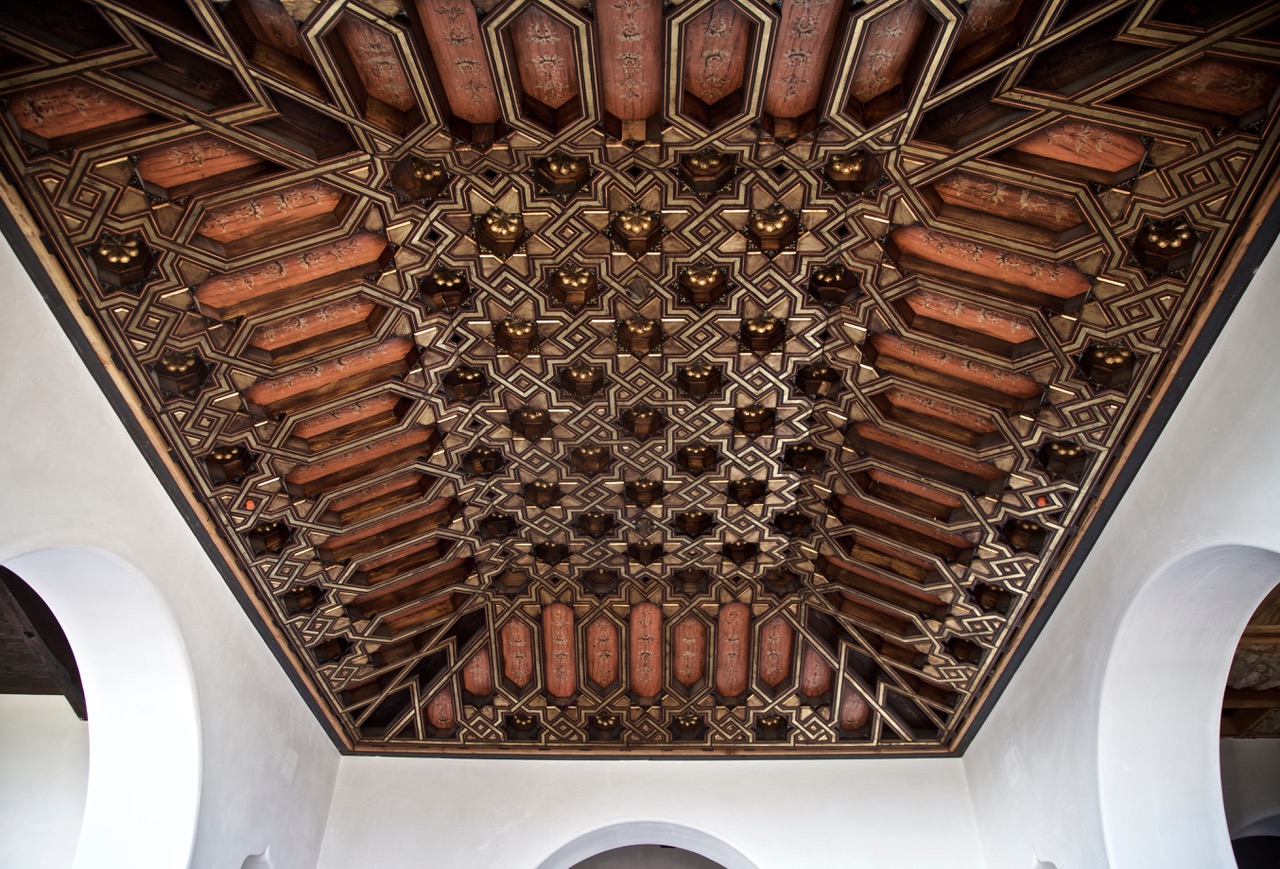
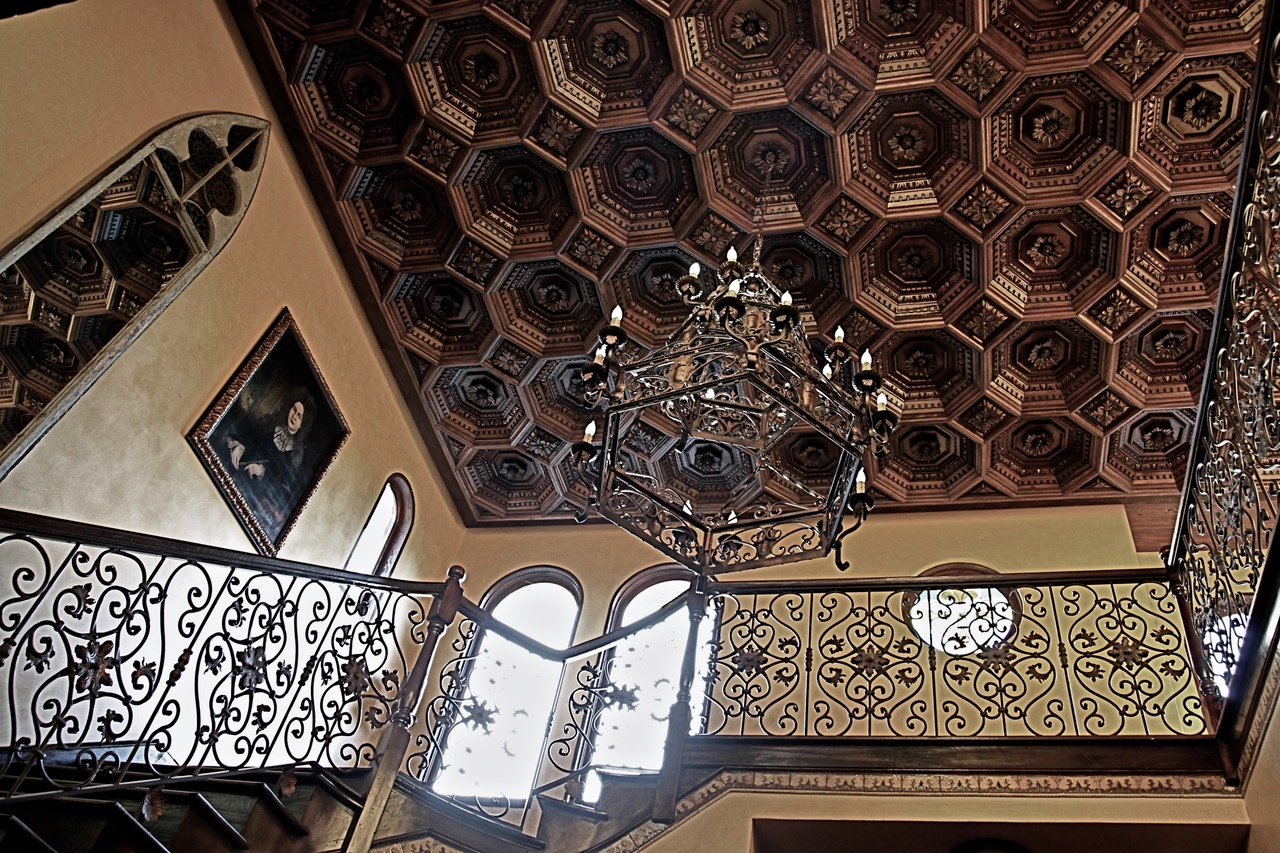
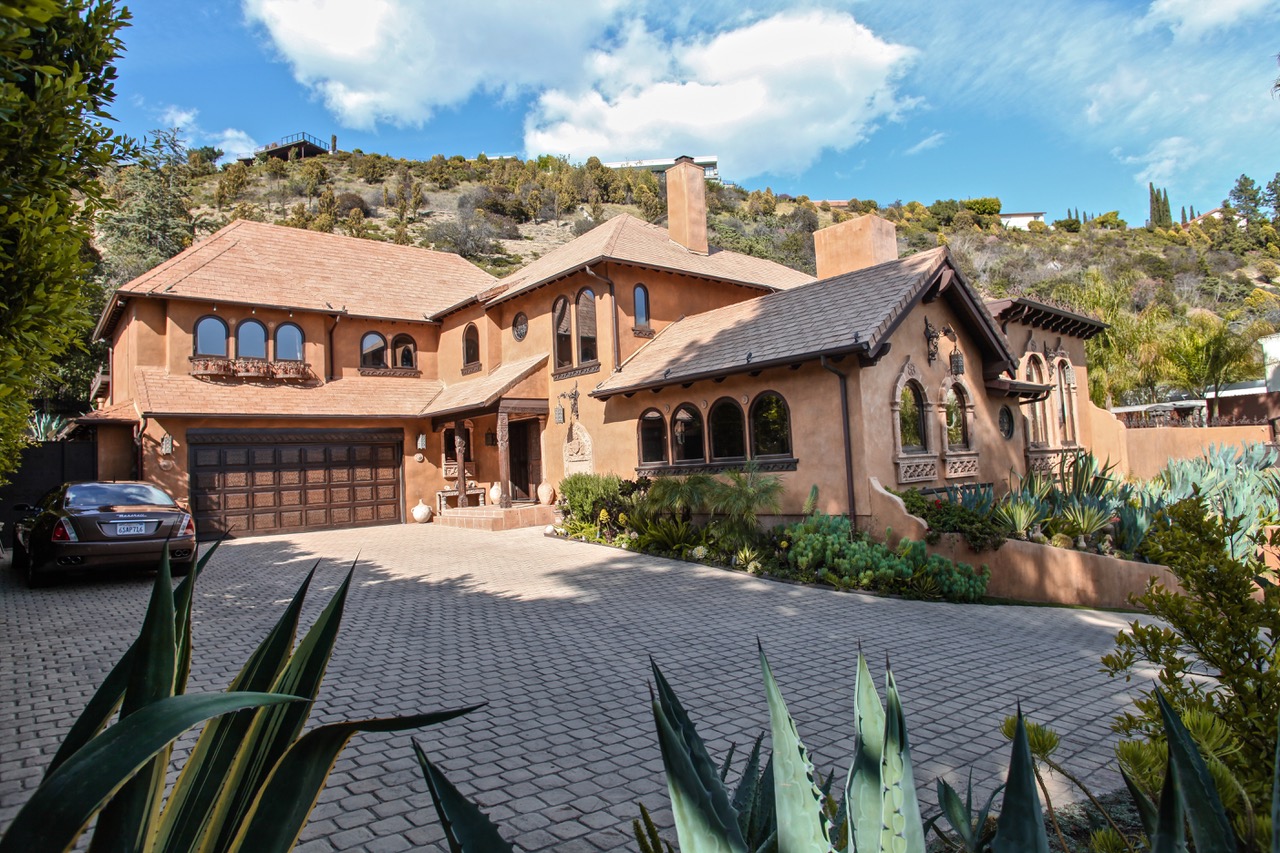

The ideas expressed here are solely the opinions of the author and are not researched or verified by AGEIST LLC, or anyone associated with AGEIST LLC. This material should not be construed as medical advice or recommendation, it is for informational use only. We encourage all readers to discuss with your qualified practitioners the relevance of the application of any of these ideas to your life. The recommendations contained herein are not intended to diagnose, treat, cure or prevent any disease. You should always consult your physician or other qualified health provider before starting any new treatment or stopping any treatment that has been prescribed for you by your physician or other qualified health provider. Please call your doctor or 911 immediately if you think you may have a medical or psychiatric emergency.
AUTHOR

We will never sell or give your email to others. Get special info on Diet, Exercise, Sleep and Longevity.
